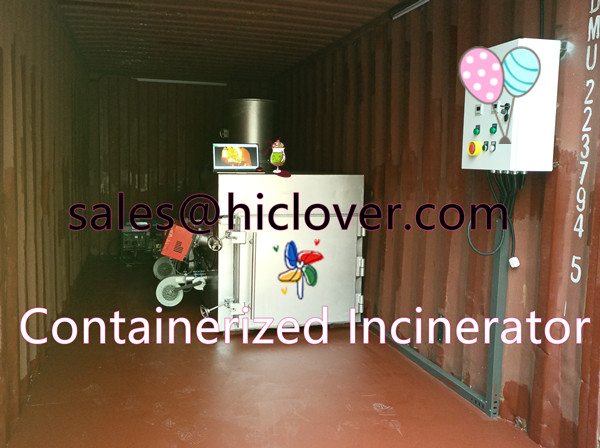The Science Behind Incinerating Waste: How Does it Work?- what is incineration of waste

Incinerating waste is a widely-used method for disposing of trash and reducing the amount of waste that ends up in landfills. But how exactly does incineration work, and what are the scientific principles behind it?
Incineration is a process that involves burning waste at high temperatures in a controlled environment. The primary goal of incineration is to reduce the volume of waste, minimize its environmental impact, and generate energy in the form of heat or electricity. The process starts by collecting the waste and sorting it into different categories to ensure that only suitable materials are incinerated.
Once the waste is collected, it is loaded into a large furnace known as an incinerator. Inside the incinerator, the waste is combusted at temperatures exceeding 1,000 degrees Celsius (1,832 degrees Fahrenheit). This high temperature ensures the complete combustion of organic matter, reducing it to ash, gases, and heat.
The combustion process is fueled by the waste itself, as well as auxiliary fuel sources such as natural gas or oil. The heat generated by the combustion process can be captured and used to produce steam, which in turn can drive turbines to generate electricity.
During the incineration process, various pollutants and harmful substances are released into the atmosphere. To mitigate these environmental impacts, modern incinerators are equipped with sophisticated pollution control systems. These systems use a combination of technologies such as electrostatic precipitators, bag filters, and scrubbers to capture and neutralize pollutants before they are released into the air.
One of the key advantages of incineration is its ability to reduce the volume of waste by up to 90 percent, thereby minimizing the need for landfill space. Additionally, incineration can generate energy in the form of heat or electricity, making it a more sustainable and cost-effective waste management solution.
However, incineration is not without its drawbacks. Critics argue that the process can release harmful emissions such as dioxins, furans, and heavy metals into the atmosphere, posing risks to human health and the environment. To address these concerns, stringent regulations and monitoring systems are in place to ensure that incinerators comply with air quality standards.
In conclusion, incineration is a complex process that involves burning waste at high temperatures to reduce its volume and generate energy. While it has its advantages in terms of waste reduction and energy generation, proper pollution control measures are essential to minimize its environmental impact. By understanding the science behind incineration, we can better appreciate its role in sustainable waste management practices.